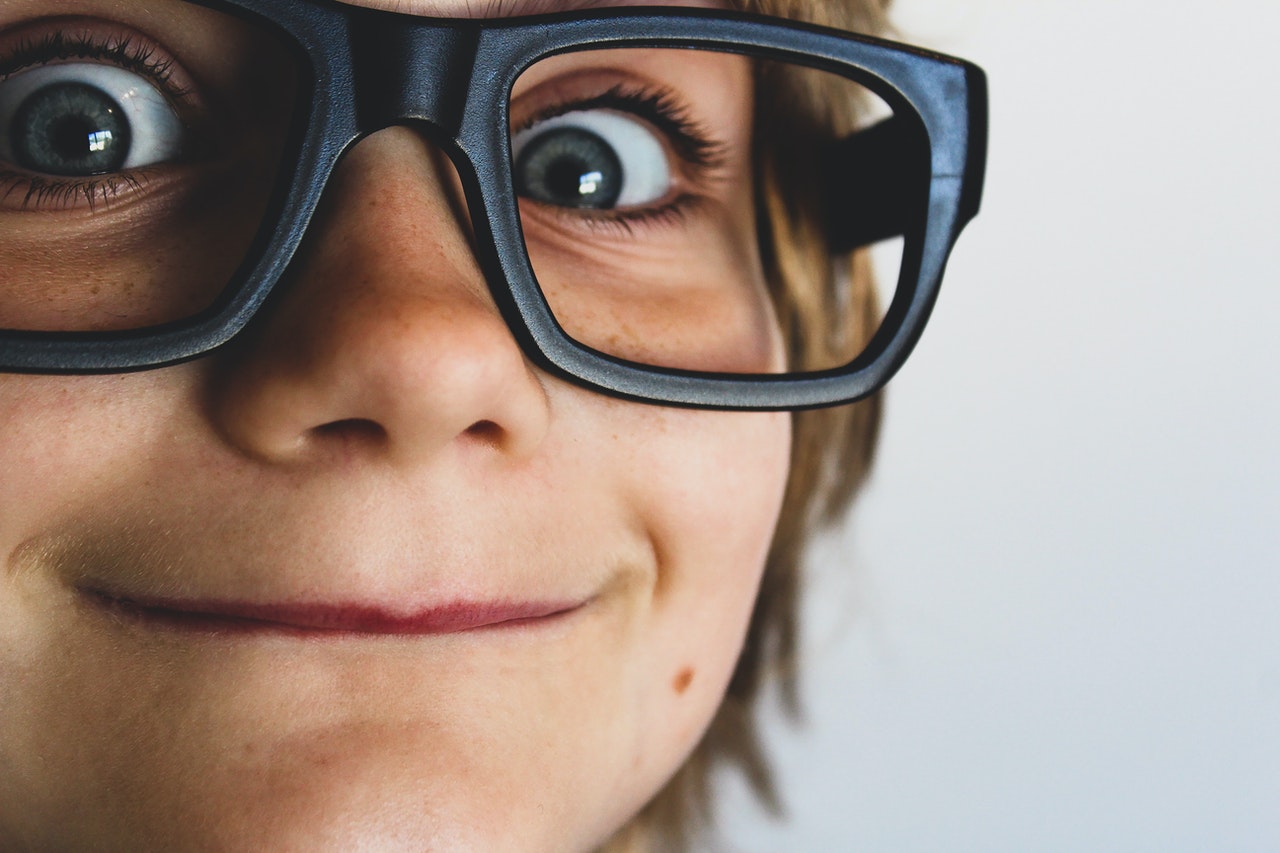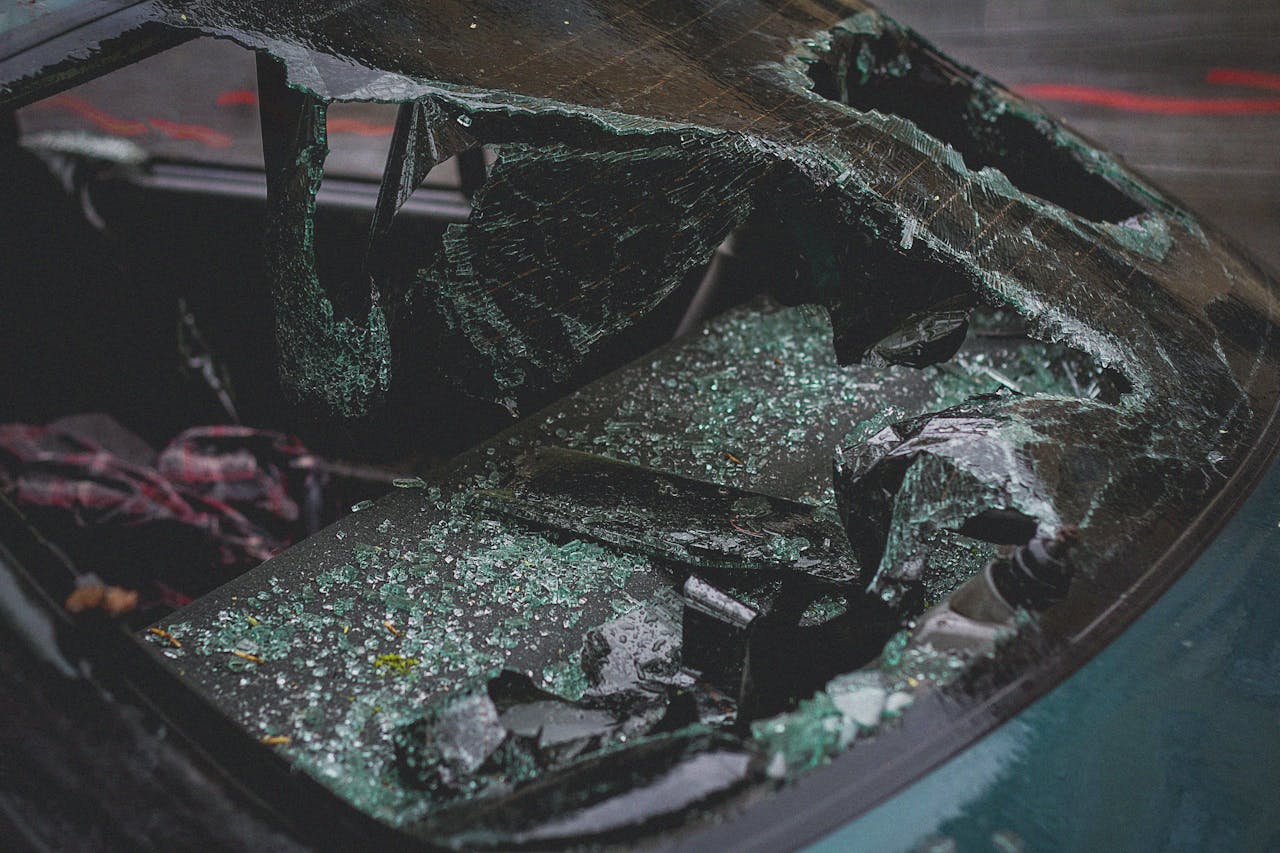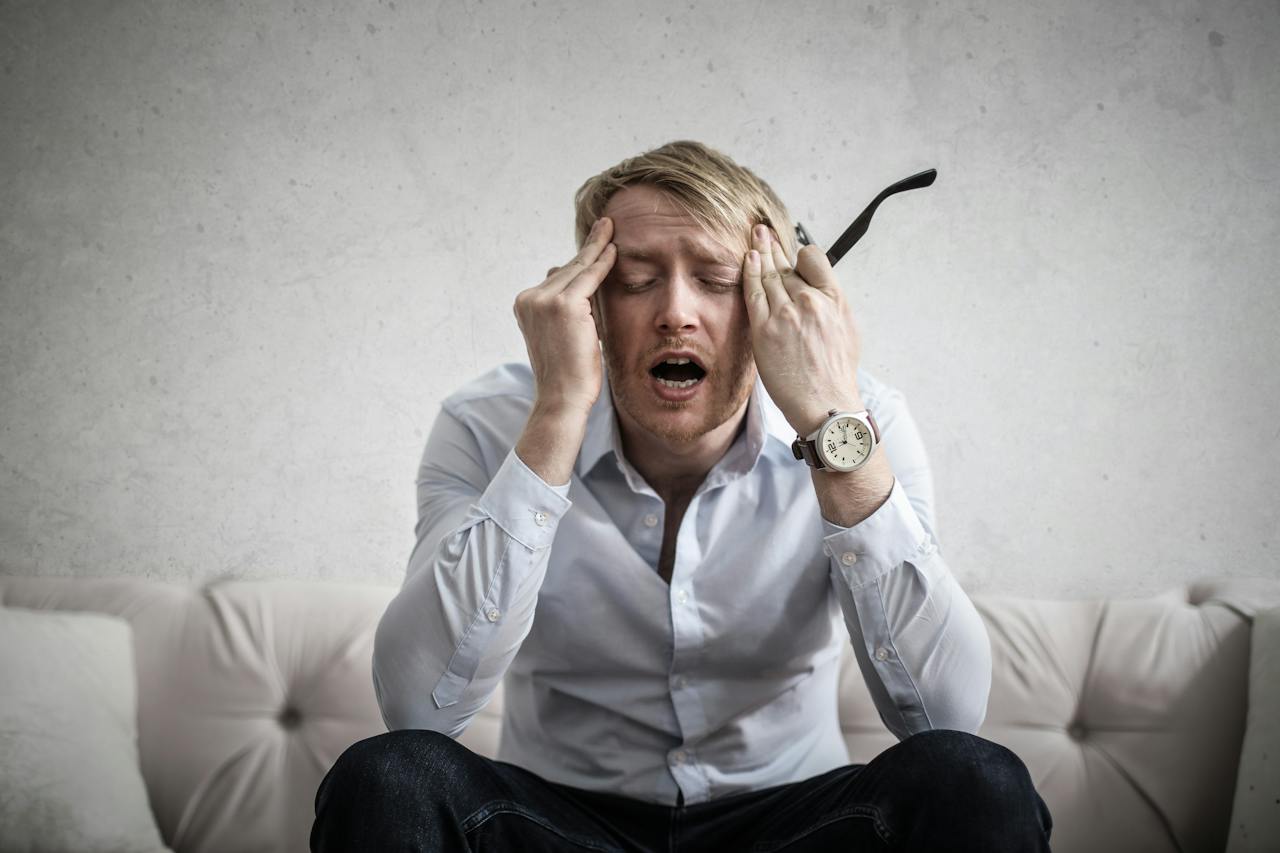Concussion treatment should always involve visual rehabilitation. Vision is more complicated than we may think. The eyes can give us far more information about the damaged brain than we had initially thought.
“Beauty is in the eye of the beholder.” – Margaret Wolfe Hungerford.
Concussion treatment isn’t rocket science, but it involves understanding science.
Vision is a pretty impressive feat. Our eyes allow us to see objects far out of our reach to create a comprehensive visual map that can help us navigate the world with fantastic precision and accuracy.
Yes, our eyes are primarily there for vision. But they are also crucial to orient us in space and give feedback to the brain about our relationship with the world. And this is where we start to travel down the rabbit hole of neuroscience and concussion treatment…
Donald D. Hoffman, a cognitive neuroscientist at UC Irvine who has studied human perception for over 30 years, suggests that our perceptions of the world are hallucinations created by the brain and fundamentally misleading in explaining the accuracy of our objective reality.
Furthermore, he states that the brain always attempts to understand our actual objective reality. Still, it’s limited in its ability to be accurate because of how evolution’s shaped humanity.
Heavy stuff, isn’t it?
This topic requires a more in-depth discussion down the road. Still, the main point is that our vision is no different from any other sensory system. Our vision and visual interpretation of the world is a hallucination of our reality, constructed by the brain and created with our unique twists and individual perceptions of our world.
Because of this, our vision and visual interpretation of the world can become skewed following a concussion and brain injury. And the literature on this topic is immense, especially regarding concussion treatment protocols.
In Concussion Treatment, Structure Doesn’t Always Dictate Function; Get Your Eyes Checked.
By possessing two eyes, we can compare two different visual fields and combine the overall image into a 3-dimensional picture. Since vision occurs via the eyes, it is essential to understand how the eyes can change with a concussion. In the same manner that our brain attempts to predict what we are about to hear, our brains also predict what we are about to see, which can become skewed with structural damage to the eye following trauma.
I’ve seen patients’ prescriptions change following a concussion, with little to no explanation of why outside of the trauma itself. Some people may develop more significant visual disparities due to trauma, so my first question is whether or not they’ve seen their optometrist for their visual issues.
If they get the green light and their visual acuity is the same, I know there must be more to the story. And if things have changed in their vision, we immediately address the situation with the appropriate steps. I can’t change some of these newly acquired visual deficits as an optometrist can!
I’ve even had patients develop more significant disparities and near- or far-sightedness levels after a concussion. In contrast, others may just feel like they have blurry vision. There can be many outcomes following trauma, so once an optometrist has looked at your eyes, it’s time to move forward with rehabilitation and therapy.
Vision Is More Than Seeing; It Helps Us Orient Ourselves in Space
Outside of the visual context of seeing through the eye’s lens, it’s essential to consider the neurological and brain-based components of vision, as this is where a lot of the magic happens with post-concussion treatment and therapies dealing with the visual, proprioceptive, and vestibular systems.
Your eyes are meant to keep your eyes focused on targets of interest (described as foveation in the literature) to allow you the ability to maintain a steady gaze for visualization. This process becomes further complicated by integrating movement and motion, subsequently recruiting central and peripheral areas of the brain involved in helping us figure out where we are in space. And this is vital for proper brain function.
These neural networks allow the brain to be efficient and utilize higher cortical centers to process information and perform cognitive-based tasks.
Most patients rolling into our office commonly deal with these disrupted gaze-target integration errors, which can cause dizziness, disorientation, confusion, and visual blur (amongst other symptoms).
Concussion Treatment is As If Three Friends Went To The Same Party
So let me give you a scenario: If you had three friends who went to the same party, you would expect them to tell you the same story about that party, correct?
The same is true for the brain…
But the concussed brain’s three (primary) “friends” are a follows:
1.) Eyes
2.) Inner ear (vestibular) system
3.) Proprioceptive (muscles/joints) system.
These networks rely on each other to confirm inputs and integration within brain networks.
The problem is that in a concussed brain, we often find that these three friends go to the same party and tell the brain completely different stories, resulting in a sensory mismatch. This is a problem because the brain is in a state of confusion. In the end, the brain cannot tell who’s right or wrong. It merely makes the best use of information and assumes that’s the truth… But in reality, it’s usually far from it.
Providers experienced with concussions will assess and treat all three of these systems, not because they want to, but because they must improve patients. There’s just no other way around it.
Visual Tracking and Targeting Is Essential For Proper Brain Function
Since the eyes are a window into brain function, they also serve as a phenomenal way to objectively and qualitatively assess the brain’s integrity via visual assessments. The eyes are supposed to be able to stay fixed on targets (visual fixation), track targets moving in space (extraocular pursuits), selectively hit targets of interest (saccades), and give the brain feedback about spatial orientation with regards to depth and distance (convergence/divergence).
And yes, that may seem like a lot, because it is a lot!
The brain processes trivial information about our world without conscious control. But this process skews in patients who suffer from a concussion. As a result, the natural world inevitably becomes a little more chaotic and eventful.
This is why it is essential to perform visual assessments for baseline testing. Providers must pair those tests with an in-depth vestibular, proprioceptive, and musculoskeletal examination. All of these are necessary to assess and treat concussions honestly.
Providers who are experienced in treating concussions understand the importance of these systems and will spend significant amounts of time testing and re-testing these systems to understand your concussion symptoms truly.
In Concussion Treatment, Seeing Is Believing…
It’s true; seeing is believing. But if you don’t take the time to look for something, you will inevitably end up missing it.
And unfortunately, this happens to patients. Many providers have no training in the visual system’s complexities and its relation to brain function.
Sadly, this happens far more often than we are led to believe. Such articles like this can be educational and informative on all fronts.
So if you are one of the unfortunate 20-40% of individuals who suffer chronic post-concussion symptoms and have yet to find solutions to your problems, don’t give up.
There are some fantastic providers out there in the medical field who would love to help you! At The Neural Connection, we see this story unfold far too often. You can overcome your concussion with the proper therapies and individualized concussion treatment protocols.
Stay strong, be resilient, and know that there are better days ahead of you. And when you’re ready to take action, fill out our consultation form HERE.





